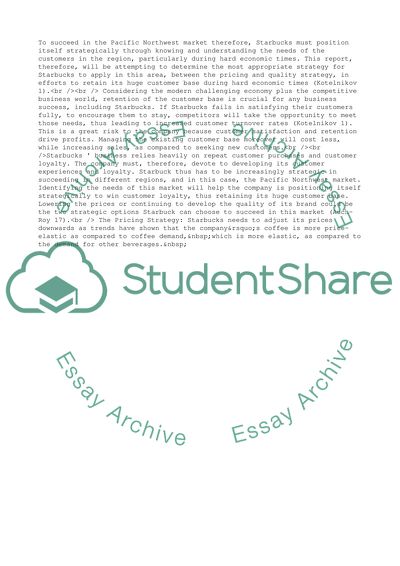Cite this document
(Starbucks Related to Pacific NorthWest Case Study, n.d.)
Starbucks Related to Pacific NorthWest Case Study. Retrieved from https://studentshare.org/management/1589916-starbucks-related-to-pacific-north-west
Starbucks Related to Pacific NorthWest Case Study. Retrieved from https://studentshare.org/management/1589916-starbucks-related-to-pacific-north-west
(Starbucks Related to Pacific NorthWest Case Study)
Starbucks Related to Pacific NorthWest Case Study. https://studentshare.org/management/1589916-starbucks-related-to-pacific-north-west.
Starbucks Related to Pacific NorthWest Case Study. https://studentshare.org/management/1589916-starbucks-related-to-pacific-north-west.
“Starbucks Related to Pacific NorthWest Case Study”. https://studentshare.org/management/1589916-starbucks-related-to-pacific-north-west.


